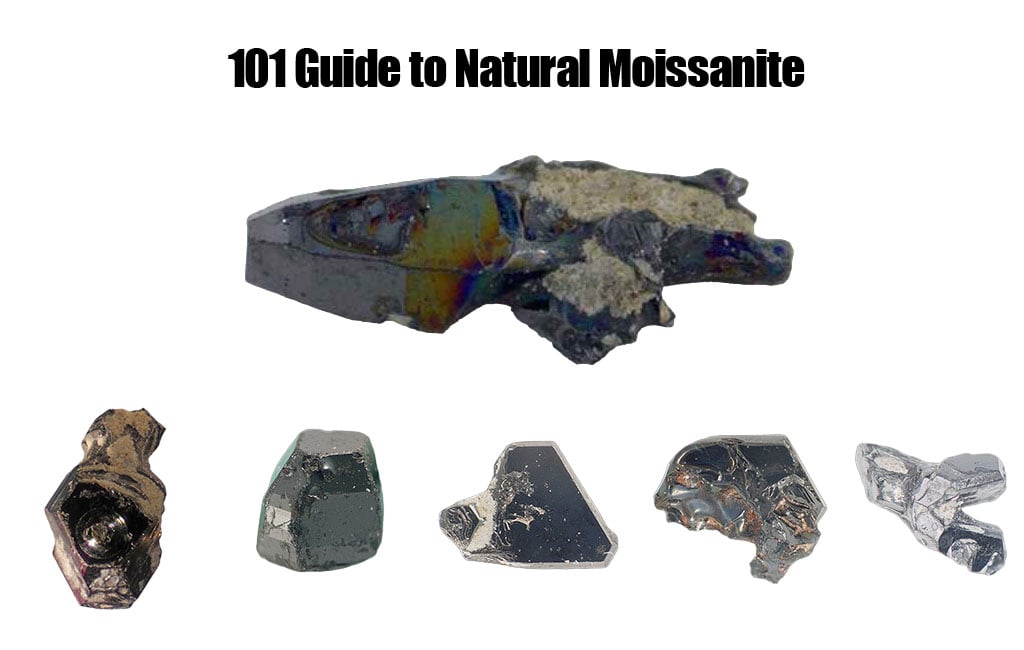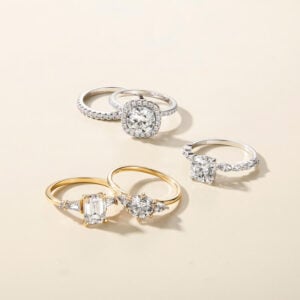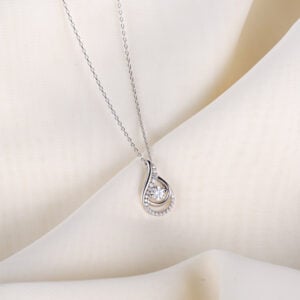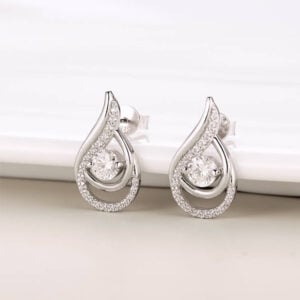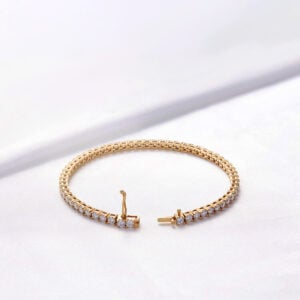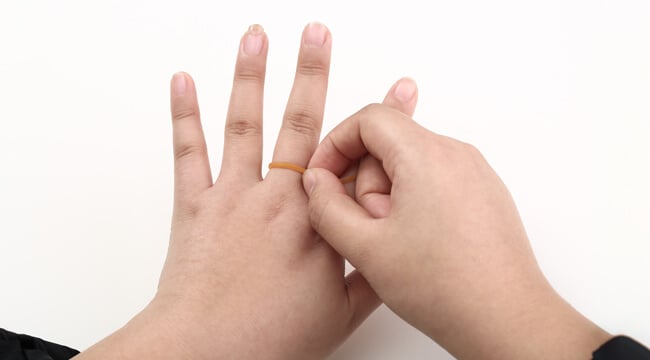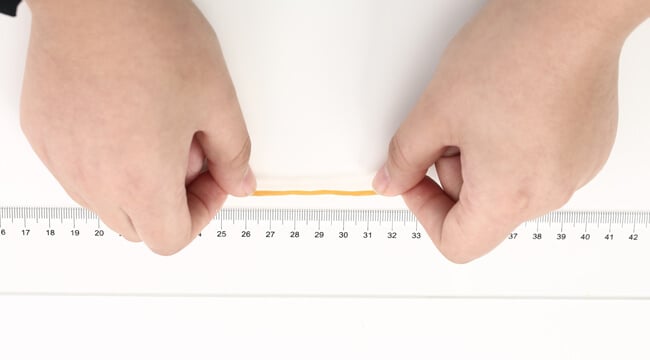The allure of gemstones has captivated humanity for eons, but there’s one gem with a tale as mesmerizing as the cosmos itself – natural moissanite. A star-born gem with unparalleled radiance, moissanite rivals even the celebrated diamond in its brilliance. Delve into this comprehensive guide to explore the enchanting universe of natural moissanite, a celestial gem with terrestrial charm.
The Cosmic Discovery of Natural Moissanite
The tale of the moissanite’s discovery is nothing short of a starry-eyed wonder. In 1893, the Canyon Diablo meteor crater in Arizona unveiled a secret to Dr. Henri Moissan, a Nobel laureate in chemistry. He first believed he had stumbled upon a diamond, given its remarkable hardness and luminosity. However, thorough research unraveled its true identity as a silicon carbide (SiC) compound.
Fast forward to 1995, when gemological advancements took a quantum leap. Charles & Colvard joined forces with Cree, embarking on an endeavor to craft larger gemstones. This collaboration crowned Charles & Colvard as the exclusive global connoisseur in producing and marketing lab-created moissanite gemstones.
Distinguishing Features of Natural Moissanite
Resilience Personified: Touting a score of 9.25 on the Mohs scale, moissanite’s hardness is only surpassed by diamonds. This intrinsic hardness grants it immunity against scratches and wear.
Unrivaled Luminance: Moissanite’s unique faceting design confers upon it a brilliance and fire exceeding that of diamonds. It masterfully disperses light, creating a prismatic play of colors that’s truly enchanting.
Thermal Virtues: A standout trait of moissanite is its significant thermal conductivity, paralleling diamonds. This attribute is pivotal in setting moissanite apart from other diamond imitators.
A Rare Marvel: Authentic moissanite is a gem of an exceptional rarity on Earth, typically discovered in meteorites or nestled in the profound depths of the Earth’s mantle.
Moissanite’s Global Footprints
Siberian Secrets: Kimberlites in Siberia reveal moissanite as a common trace element. These diminutive crystals, often less than 1mm, bear metallic inclusions predominantly of native Si and iron silicide.
Turkish Treasures: A singular beach stone from Turkey showcases moissanite crystals embedded in a matrix of magnesite, calcite, and cold-resistant silicates. These are believed to have origins in the Tertiary volcanic formations of the region.
Russian Resonance: Limestone terrains in Russia have reported moissanite crystals, which might trace their genesis to distant volcanic activities.
Tolbachick’s Tidings: The 2011-2012 eruptions of Tolbachick volcano in the Kamchatka Peninsula birthed pumice with moissanite and micro diamonds.
Tibetan and Polar Tales: Southeastern Tibet’s Luobusa and Zedang ophiolites, along with the Polar Urals, have revealed moissanite, generally less than 100 µm in size.
Israel’s Jewels: The Mt Carmel area in Israel stands as a landmark for housing the most extensive moissanite crystals. Notably, the Shefa Yamim project has uncovered more than 3,000 moissanite crystals, making it the most significant known occurrence globally.
In Conclusion: The Lustrous Legacy of Natural Moissanite
Natural moissanite is more than just a gem; it’s a testament to nature’s artistry and cosmic chronicles. Its remarkable history, unparalleled properties, and ethical sourcing make it a favorite among those valuing beauty, resilience, and integrity. Whether you’re smitten by its dazzling aesthetics for jewelry or its versatile industrial applications, moissanite is a stellar gem that beckons admiration and awe.

